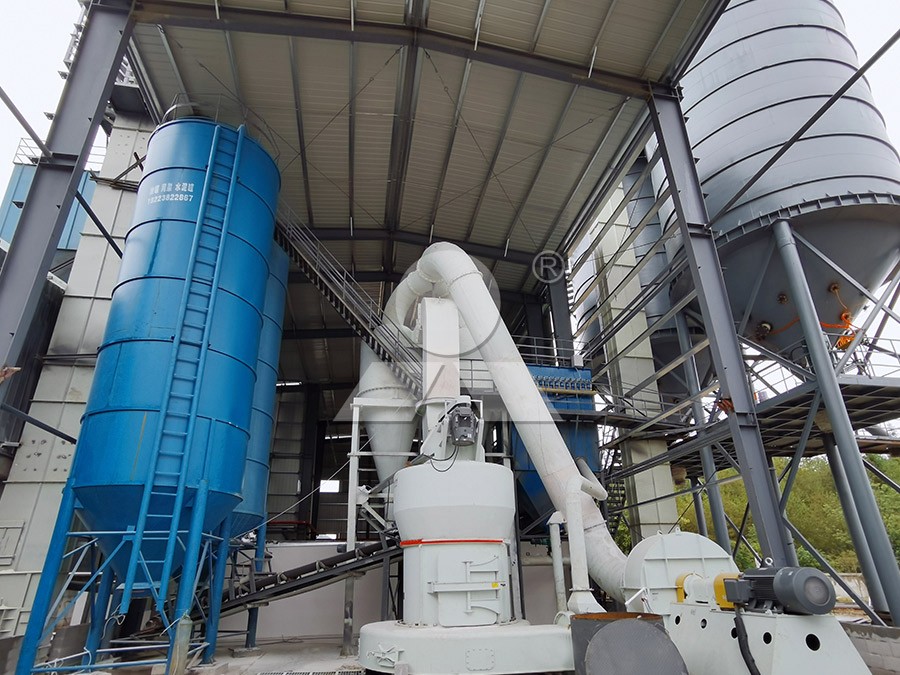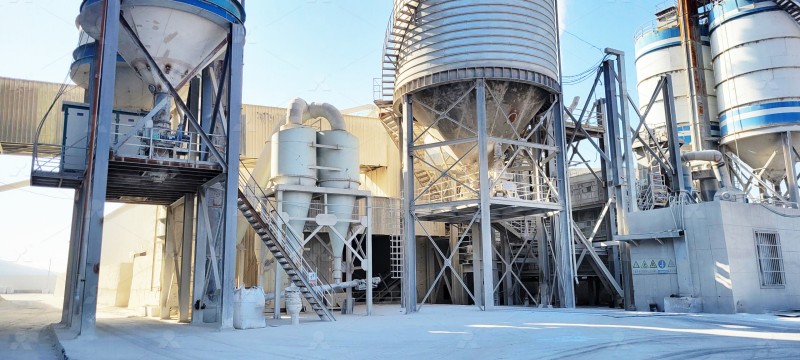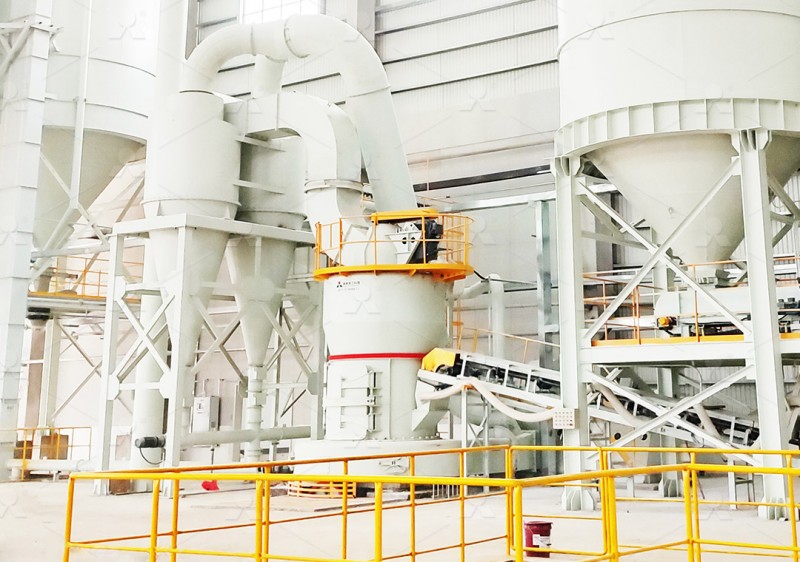80 Mesh 4R Raymond Mill: A Complete Guide to Specifications and Applications
Understanding the 80 Mesh 4R Raymond Mill
For decades, the Raymond Mill has stood as a cornerstone in the grinding industry, offering reliable performance for medium-fine powder production. The 80 Mesh 4R configuration represents one of the most popular setups for processing non-metallic minerals with moderate fineness requirements. This workhorse machine continues to serve industries ranging from mining to construction with its proven technology and operational efficiency.

Technical Specifications and Performance
The 4R designation refers to the four grinding rollers that provide the crushing force against the grinding ring. When configured for 80 mesh (approximately 180 microns) output, this mill delivers optimal performance with an input size capacity of <25mm and production rates ranging from 0.6 to 5 tons per hour. The system operates on the principle of centrifugal grinding force, where materials are fed centrally and distributed outward between the rollers and grinding ring.
What makes this configuration particularly valuable is its balance between production capacity and energy consumption. The optimized grinding curve design ensures maximum contact between materials and grinding components, while the integrated air classification system guarantees consistent particle size distribution. Many operators appreciate the straightforward maintenance requirements and the availability of spare parts, which minimizes downtime.
Industry Applications and Material Compatibility
The 80 Mesh 4R Raymond Mill finds extensive application across multiple sectors. In construction materials manufacturing, it processes limestone, gypsum, and barite for use in various products. The chemical industry utilizes these mills for preparing raw materials, while the mining sector relies on them for mineral processing operations. Common processed materials include:
- Limestone and calcite for fillers and extenders
- Gypsum for wallboard production
- Barite for drilling mud applications
- Coal for pulverized fuel
- Clay minerals for ceramics and refractories

When to Consider Advanced Grinding Solutions
While the 80 Mesh 4R Raymond Mill serves many applications excellently, operations requiring finer powders or dealing with more challenging materials should consider advanced grinding technologies. For ultra-fine powder production reaching 2500 mesh, our MW Ultrafine Grinding Mill represents a significant technological leap forward.
The MW Series achieves remarkable fineness control between 325-2500 meshes while maintaining higher production efficiency. With an input size capacity of 0-20mm and throughput of 0.5-25 tph, this system incorporates German powder separation technology and features a unique design that eliminates rolling bearings and screws from the grinding chamber. This innovation substantially reduces maintenance concerns and extends operational lifespan.
For operations seeking vertical grinding solutions, our LUM Ultrafine Vertical Grinding Mill offers another sophisticated alternative. Integrating ultrafine powder grinding, grading, and transporting in a single unit, this mill handles input sizes up to 10mm with capacities ranging from 5-18 tph. Its reversible structure simplifies maintenance, while the multi-head powder separating technology ensures precise classification with reduced energy consumption.
Operational Considerations and Best Practices
Successful operation of any grinding mill requires attention to several key factors. Proper feed size control remains critical – materials should be pre-crushed to meet the mill’s maximum input specifications. Consistent feeding rates prevent overload conditions and ensure stable operation. Regular inspection of wearing parts, particularly grinding rollers and rings, helps maintain product quality and prevents unexpected downtime.
Modern grinding systems incorporate advanced dust collection and noise reduction features that address environmental concerns. The pulse dust collectors and mufflers integrated into our MW and LUM series mills exemplify this commitment to environmentally responsible operation while maintaining worker safety and comfort.

Frequently Asked Questions
What is the typical lifespan of grinding components in a 4R Raymond Mill?
With proper operation and maintenance, grinding rollers and rings typically last between 800-1,200 operating hours, depending on material abrasiveness. Our wear-resistant alloy components can extend this significantly.
Can the 80 Mesh 4R Raymond Mill handle moist materials?
While the standard configuration works best with materials containing less than 6% moisture, systems with integrated drying capabilities are available for higher moisture content applications.
How does the MW Ultrafine Grinding Mill achieve higher fineness?
The MW series incorporates advanced cage-type powder selectors with multiple heads that can be configured according to specific production requirements, enabling precise control over particle size distribution.
What advantages does the LUM Vertical Mill offer over traditional designs?
The LUM series provides higher yielding rates with better product quality, double position-limiting technology for stable operation, and reversible structure for easier maintenance access.
Are these systems suitable for food and pharmaceutical applications?
With proper configuration and materials of construction, our grinding mills can meet the stringent requirements of food, pharmaceutical, and cosmetic industries.
